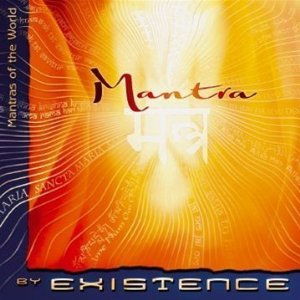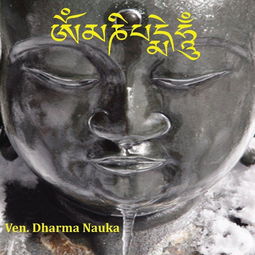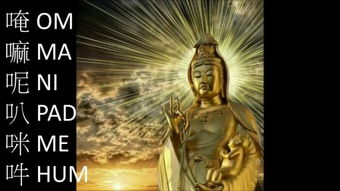
Om Mani Padme Hum: A Deep Dive into the Mystical Mantra
The mantra “Om Mani Padme Hum” is one of the most sacred and powerful phrases in Tibetan Buddhism. It is often chanted by practitioners to invoke the blessings of Avalokiteshvara, the Buddha of Compassion. This article delves into the origins, meanings, and significance of this mantra from various dimensions.
Origins of the Mantra

The mantra “Om Mani Padme Hum” is believed to have originated from the teachings of the Buddha Shakyamuni. It is mentioned in the “Tibetan Book of the Dead,” an ancient text that provides guidance for the deceased on their journey to enlightenment. The mantra is also found in the “Bodhisattva Vow,” a sacred text that outlines the path to becoming a Buddha.
Meaning of the Mantra

The mantra can be broken down into four parts:
- Om: This syllable represents the universe and the ultimate reality. It is a sound of praise and adoration.
- Mani: This word refers to the jewel or the precious gem. It symbolizes the purity and clarity of the mind.
- Padme: This word means the lotus flower, which represents the pure and beautiful mind that arises from the mud of samsara (the cycle of birth, death, and rebirth).
- Hum: This syllable is a sound of invocation and dedication. It represents the practitioner’s aspiration to achieve enlightenment for the benefit of all sentient beings.
Together, these four syllables form a powerful mantra that invokes the blessings of Avalokiteshvara and helps practitioners cultivate compassion, wisdom, and purity of mind.
Significance of the Mantra

The mantra “Om Mani Padme Hum” holds great significance in Tibetan Buddhism for several reasons:
- Compassion: The mantra is associated with Avalokiteshvara, the Buddha of Compassion. By chanting it, practitioners cultivate a deep sense of empathy and kindness towards others.
- Enlightenment: The mantra is believed to help practitioners on the path to enlightenment. It is said that by reciting the mantra with devotion, one can purify their mind and achieve liberation from the cycle of samsara.
- Protection: The mantra is often used for protection against negative energies and obstacles. It is believed to create a protective barrier around the practitioner.
Practicing the Mantra
There are several ways to practice the mantra “Om Mani Padme Hum”:
- Chanting: Practitioners can recite the mantra aloud or silently. It is often chanted in a rhythmic pattern, with each syllable pronounced clearly.
- Mantra Meditation: Practitioners can focus on the meaning of the mantra and visualize the image of Avalokiteshvara while reciting it.
- Mantra Rituals: In some traditions, practitioners perform rituals that involve the chanting of the mantra, such as the “Mantra Offering” or the “Mantra Offering to the Deities.”
It is important to practice the mantra with sincerity and devotion. The more one practices, the more profound the benefits will be.
Mantra Variations
There are several variations of the “Om Mani Padme Hum” mantra, including:
| Mantra | Meaning |
|---|---|
| Om Mani Padme Hum | The jewel in the lotus |
| Om Mani Padme Hum Soha | The jewel in the lotus, so be it |
| Om Mani Padme Hum Karuna | The jewel in the lotus, compassion |
These variations can be used to enhance the meaning and power of the mantra.
Conclusion
The mantra “Om Man



